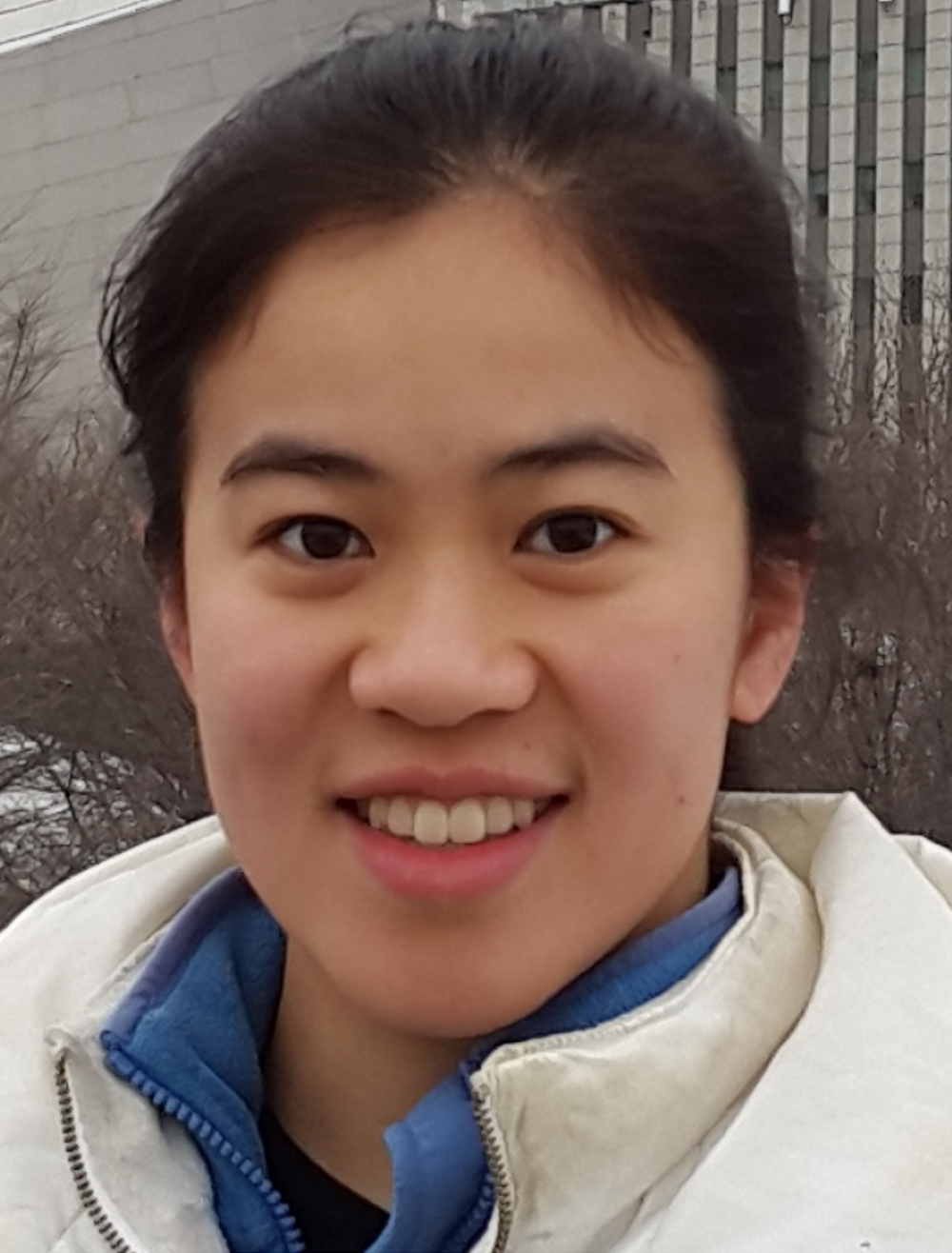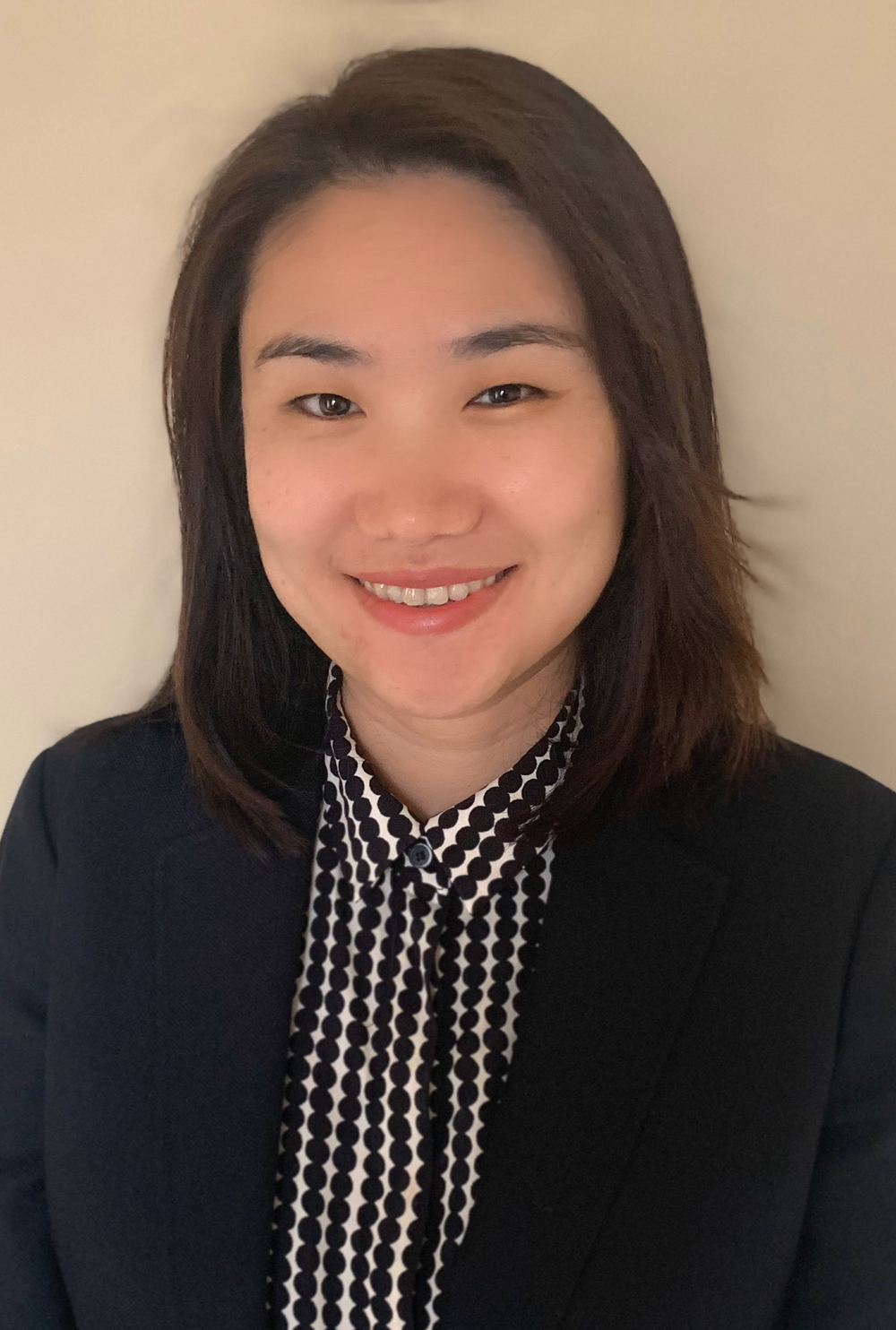
Four assistant professors in the College of Arts and Sciences at Texas A&M University have been selected as 2024 recipients of the National Science Foundation Faculty Early Career Development (CAREER) Award, a prestigious honor intended to help kick-start the careers of promising junior faculty members.
Dr. Sherry Gong and Dr. Alexandru Hening in the Department of Mathematics, Dr. Daniel Tabor in the Department of Chemistry and Dr. Zhe “Sarina” Zhang in the Department of Geography are the first investigators to receive the coveted accolade this year within the college, which previously saw four of its researchers recognized in 2023 during its inaugural year.
Gong’s proposal, titled “Gauge-theoretic Floer invariants, C* algebras, and applications of analysis to topology,” is funded through the Division of Mathematical Sciences’ Topology Analysis Program at $549,260 for the next five years. She will be applying analytic tools from physics, including gauge theory and operator algebras, to topology, which is the study of geometric shapes, to explore the properties and possibilities of these spaces along with their wide range of potential applications in biology and physics.
Hening’s proposal, titled “Dynamics and harvesting of stochastic populations,” is funded at $519,513 for the next five years through the Division of Mathematical Sciences’ Mathematical Biology Program to study how environmental fluctuations impact interacting species. After first constructing a general theory of the persistence of species that are influenced by various types of environmental fluctuations, he plans to build and analyze a mathematical theory of optimal harvesting that will be key for the conservation and management of both vulnerable and endangered species.
Tabor’s proposal, titled “Development of Adaptive and Efficient Computational Inverse Design Methods for Organic Functional Materials,” is funded at $625,000 for the next five years through the Division of Chemistry’s Chemical Theory, Models and Computational Methods Program. The funding will support his ongoing research efforts to develop new machine-learning tools for accelerating the design of functional materials, with a focus on new materials that interact with light in novel and interesting ways. Accelerating the computational materials design process could lead to new applications along with novel materials for energy storage and to efficiently capture carbon dioxide.
Zhang’s proposal, titled “A Cyberinfrastructure Enabled Hybrid Spatial Decision Support System for Improving Coastal Resilience to Flood Risks,” has been funded through the Office of Advanced Cyberinfrastructure at $548,302 for the next five years. She will work to develop a hybrid spatial decision support system that integrates scalable geospatial visualization tools and geospatial artificial intelligence (AI) algorithms into a cyberinfrastructure-enabled framework to support flood management decision-making. Zhang’s long-term goal is to establish a scientific roadmap for advancing disaster decision science using cyberinfrastructure-enabled geospatial AI and educational activities to better prepare communities for disaster events.
Each year, the NSF presents an estimated 500 CAREER awards totaling around $250 million to early career faculty at US institutions of higher learning, museums, observatories, research laboratories, professional societies and similar organizations associated with research or educational activities.
Sherry Gong

Gong joined the Texas A&M Mathematics faculty in 2021, where her research spans gauge theory, Floer theory and low-dimensional topology along with operator algebras, K-theory, geometric group theory and non-communicative geometry and she is affiliated with the Texas A&M Math Circle. She earned her Ph.D. in mathematics from the Massachusetts Institute of Technology in 2018 and was a Hedrick Assistant Adjunct Professor at the University of California, Los Angeles (2018-20) and a Maryam Mirzakhani Postdoctoral Fellow at Stanford University (2020-21) prior to coming to Texas A&M.
Gong’s CAREER-supported research is divided into two themes: low-dimensional topology and operator K-theory. In both fields, gauge theory and operator algebras are used to build invariants to study the geometric structure of manifolds, which are spaces modeled on Euclidean spaces, such as the three-dimensional space we live in.
“In both low-dimensional topology and operator K-theory, this project is about using analytic tools to study questions about these spaces, such as how they are curved or how objects can be embedded inside them,” Gong said.
Beyond the research, Gong says she is equally excited about the educational and outreach goals of her project, which are centered on middle and high school math and general STEM enrichment programs. Her focus is programs aimed at students from underserved communities and underrepresented groups as well as mentorship in research at the high school, undergraduate and graduate levels.
“I am very honored to receive this award and excited for the research and outreach aspects of the project,” Gong said. “I am extremely grateful to my collaborators and mentors here at Texas A&M and elsewhere as well as the very helpful staff and support here at Texas A&M, without whom this would not have been possible.”
Alexandru Hening

Hening joined the Texas A&M Mathematics faculty in 2021 and co-organizes the Mathematical Biology Seminar at Texas A&M while also serving as associate editor for the Journal of Mathematical Biology (2020-present) and the Journal of Biological Dynamics (2023-present). He received his Ph.D. in mathematics from the University of California, Berkeley, in 2013 and was a postdoctoral researcher at Oxford University (2013-16), a Chapman Fellow at Imperial College London (2016-17) and an assistant professor at Tufts University (2017-21) prior to coming to Texas A&M, where his research interests include stochastic processes, mathematical ecology, epidemiology, dynamical systems, harvesting and optimal control.
Hening notes that one of the major concerns in biology and conservation science is figuring out under which conditions species from an ecosystem will persist. Therefore, a realistic model has to take into account the actuality that environmental conditions are always changing, often unpredictably.
“Environmental fluctuations have been shown to drive populations extinct, facilitate persistence, reverse competitive exclusion, change genetic diversity and modify the spread of infectious diseases,” Hening added. “It is therefore very important to study how environmental fluctuations impact interacting species."
Although many species of animals are at risk of being harvested to extinction, Hening says being too cautious and under-harvesting can lead to economic loss. His expertise in stochastic processes will prove vital in developing a mathematical theory of optimal harvesting in our modern world in which there are multiple crises in a changing environment as well as species loss.
“Global climate change models predict increasing temporal variability in temperature, precipitation and storms in the next century, Hening said. “This CAREER proposal will provide a much-needed theoretical underpinning for this fast-moving area.
“I feel very blessed to receive this CAREER grant, which will allow me to pursue important research directions and also fund my Ph.D. student. As part of the educational component of the grant I intend to run two summer schools related to biology and mathematics — programs that will bring a strong group of undergraduate and graduate students to Texas A&M and help promote the interdisciplinary strengths of our undergraduate and graduate programs.”
Daniel Tabor

Tabor joined the Texas A&M Chemistry faculty in 2019 and serves as the director of the Chemistry Honors Program as well as the current chair of the Texas A&M Section of the American Chemical Society (ACS). He earned his Ph.D. in chemistry from the University of Wisconsin-Madison in 2016 and was a postdoctoral fellow at Harvard University prior to coming to Texas A&M, where his research focuses on theoretical and computational chemistry, with the goal of developing and applying both physics-based and data-driven models to solve problems in the areas of advanced materials design, energy storage and spectroscopy. In addition to earning selection as a Research Corporation for Science Advancement 2023 Cottrell Scholar, Tabor has been recognized with a 2023 Montague-Center for Teaching Excellence Scholar Award and as a 2021 Texas A&M Institute of Data Science Career Initiation Fellow.
Beyond taking on the challenge of designing new molecules that interact with light in customizable ways, Tabor says he and his research group will concentrate on making new algorithms maximally useful for determining the right molecule for a given task. They also hope to develop a set of interactive educational modules to deepen the connection that students have between their understanding fundamentals of light and its role in modern materials science and contemporary issues in data science, such as the under-reporting of negative results and noisy training datasets.
“The NSF CAREER program is a great opportunity, because it gives us the ability to invest in our computational methods development and materials design applications over a five-year period,” Tabor said. “This ability to make longer-term plans is exactly what early-career scientists need to set the foundation for their independent careers.”
Tabor’s proposal also involves significant educational outreach goals, including working in continuing collaboration with the Texas A&M Institute of Data Science and fellow Texas A&M chemist Dr. Lei Fang to develop interactive spectroscopy analysis modules for all levels of instruction — high school, undergraduate and graduate.
The CAREER program is unique in that it explicitly includes the integration of our educational and research plans,” Tabor said. “One of the great things about a major research university like Texas A&M is that we are able to adapt our research results to the classroom and bring undergraduates into our group to develop their own independent research projects.”
Zhe “Sarina” Zhang

Zhang joined the Texas A&M Geography faculty in 2019 and is an affiliate faculty member in the Department of Electrical and Computing Engineering. She currently serves as a director of the Cyberinfrastructure and Spatial Decision Intelligence research group at Texas A&M and a council member of the Gulf of Mexico Coastal Ocean Observing System. She is the chair of the American Association of Geographers Cyberinfrastructure Specialty group and also leads the CyberGIS and Decision Support Systems research initiative at the University Consortium for Geographic Information Science. Zhang’s research and teaching interests broadly include geographical information science and systems (GIS), cyberinfrastructure and cyberGIS, geospatial AI and human-centered decision-making. Her research focuses on advancing cyberinfrastructure and geospatial data science to provide data-intensive solutions to complex human-environment interaction problems, sustainability and disaster resilience challenges.
Zhang says the field of flood management has experienced significant advancements due to the growing awareness and utilization of geospatial big data and geospatial artificial intelligence along with advancements in computing capabilities. While these progressions have empowered researchers to develop spatial decision support systems that facilitate timely decision-making during flood events, the process of querying and visualizing large geographic datasets can pose challenges, particularly in terms of memory usage and efficiency.
“Many researchers in disaster management may not fully understand the potential of using high-performance computing and advanced cyberinfrastructure resources in the field,” Zhang added. “This could lead to a significant lag in disaster management because first responders usually need to make timely decisions by analyzing large amounts of data, where computing power is critical.”
Zhang’s CAREER project will combine geospatial AI and other data-driven techniques with expert-driven methodologies to develop a more accurate, comprehensive and transparent flood risk assessment that bridges the gap between the digital world and human perception of risks. Her work will have the potential to facilitate access to cyberinfrastructure for disaster research communities while also improving communication among first responders, city planners, and emergency managers and offering decision support for local citizens, particularly those social groups traditionally underserved during disaster responses. In addition, Zhang’s proposal involves collaborative education and outreach efforts that will offer geospatial high-performance computing learning opportunities for both university and K-12 students, thus promoting broader student participation in computing.
“I am deeply honored and grateful to receive this prestigious CAREER award, which will serve as a cornerstone in my efforts to establish research leadership in spatial decision-making and geospatial artificial intelligence fueled by advanced cyberinfrastructure,” Zhang said. ”This award recognizes the importance of these research areas and highlights their potential to positively impact community resilience in disaster management. In addition to broadening access to high-performance computing and advanced cyberinfrastructure for disaster research communities, this project will help to enhance education and workforce development among diverse disciplines, such as disaster science, computer science, social science and GIScience.”
Learn more about the NSF CAREER program or faculty within the Texas A&M College of Arts and Sciences.
